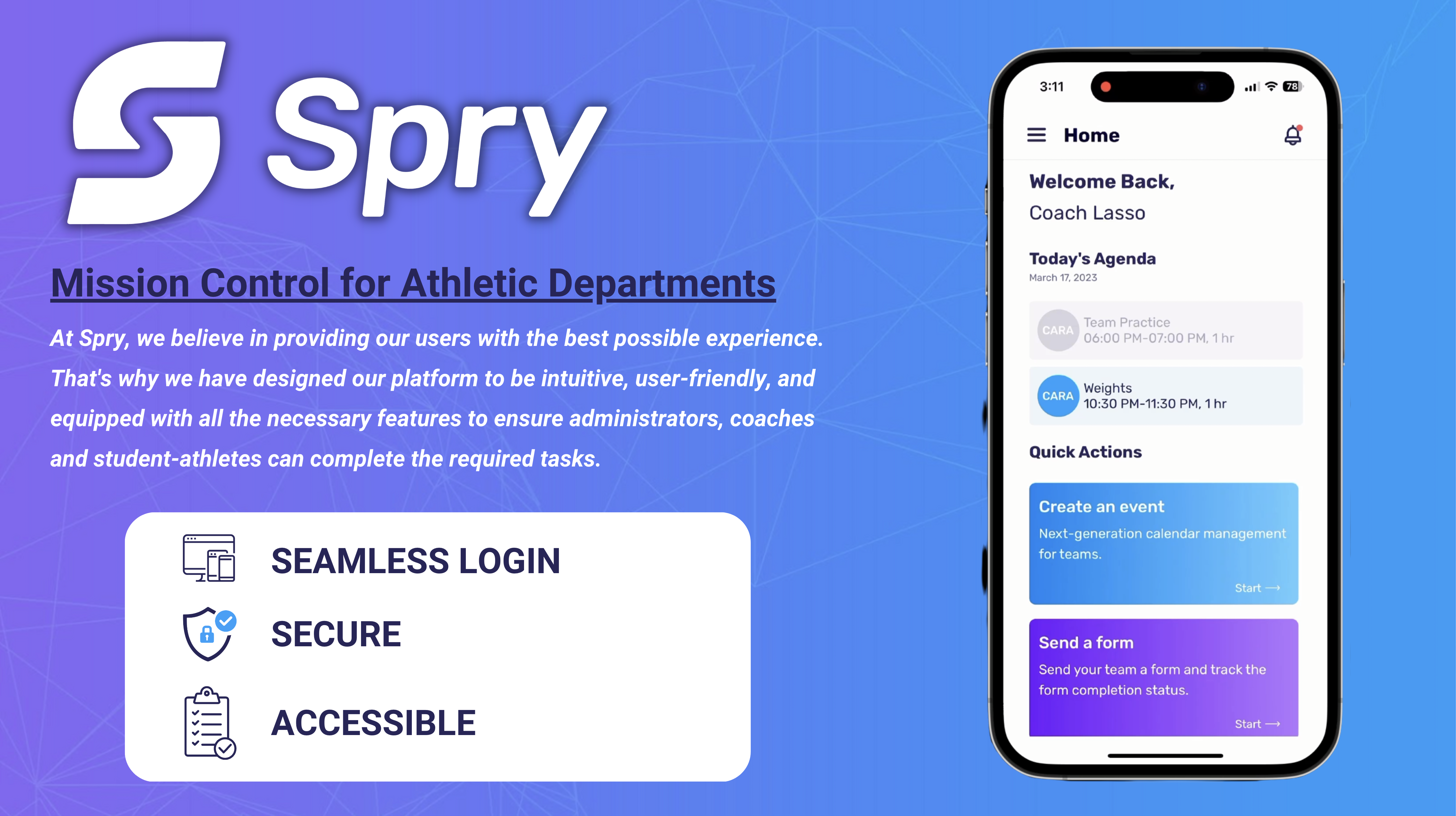Insights
Title IX: What it is & What it isn’t

Title IX of the Educational Amendments of 1972 is a piece of federal legislation that was enacted to prohibit discrimination within educational institutions. While it is not specific to athletics, athletic programs that are a part of institutions that receive federal funding such as PELL grants, must comply with the statute. In recognition of the 50th anniversary of Title IX, let’s take a closer look to better understand what it is and what it isn’t.
We’ll start by addressing a few common misconceptions about how Title IX applies to college athletics.
Title IX DOES NOT require:
- That there be an equal number of male and female athletes
- That a school must sponsor the same number of male and female sports programs
- That schools not in compliance with the legislation drop male sports programs
Title IX DOES mandate:
- That schools provide equal access to athletics programs
- That all individuals participating in an athletics program receive equal treatment.
We’ll come back to this in just a moment.
What is the three-part (or three-pronged) test?
You may have heard of the three-part test or the three-pronged test. The terms are often used interchangeably, but they are one and the same. The three-part test is a means by which athletic departments can assess their compliance with Title IX, however, this leads us to another common misconception.
Meeting the three-part test does NOT ensure a department’s
compliance with Title IX.
Remember, earlier we discussed that there are two key elements of Title IX that must be met in order to be in compliance- equal access AND equal treatment. The three-part test ONLY addresses access. It does NOT address treatment, but we will in just a moment. First, however, let’s break down how the three-part test can be used to assess compliance with equal access.
Equal Access
Equal access can be demonstrated in any one of three ways:
Test One- Proportionality
The proportionality test simply means that participation within an athletic program should mirror the overall enrollment at the school. For example, if the total student body at a school was 60% female and 40% male, then the athletic participation numbers should also be roughly 60% female and 40% male. Pretty simple, right? Well, simple to understand, but not so simple to do, particularly for schools that sponsor teams with large male rosters like, say, football. For this reason, proportionality is a challenge for many athletic departments. But, even if you can’t meet proportionality, you still have two more options.
Test Two- Continued Program Expansion for the Underrepresented Gender
If a school cannot meet proportionality, they can still meet Title IX by demonstrating that they are making a good faith effort to move in that direction. They can do this by expanding opportunities for the underrepresented gender through the addition of new sports programs. I’ll pause here because this presents an opportunity to highlight another common misconception.
- Women are NOT necessarily always the underrepresented gender.
While it is true that this is usually the case, on campuses that have predominantly male student bodies (the military academies come to mind) it is possible that male student-athletes could be the underrepresented gender in terms of athletic participation. Remember, proportionality is based on total school enrollment.
But back to program expansion, while it is a possible pathway to meeting the equal access requirement, it is perhaps the least practical for schools because adding sports likely means investing hundreds of thousands of dollars that most athletic department budgets simply don’t have. So if a school has not met proportionality, and can’t afford to add sports, then what? There is still one more option?
Test Three- Accommodating the Interests and Abilities of the Underrepresented Gender
This is by far the most common route college athletic programs take to meet the equal access component of Title IX. This is typically assessed through the use of interest surveys that are completed by the student body. If the sports programs currently offered by the school aligns with the sports that the underrepresented gender has indicated an interest in and an ability for, then a school may be said to be sufficiently providing access to athletic participation on these grounds.



